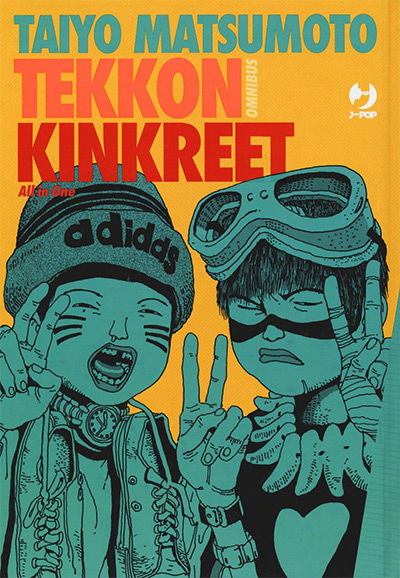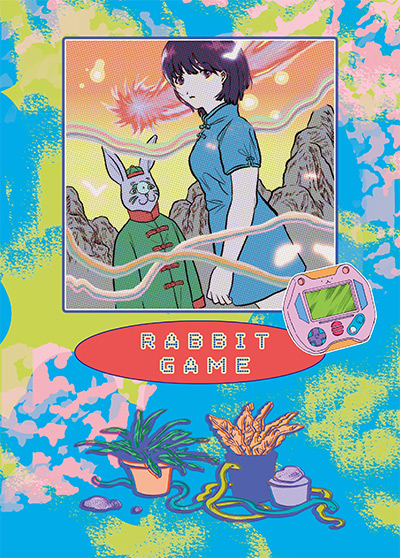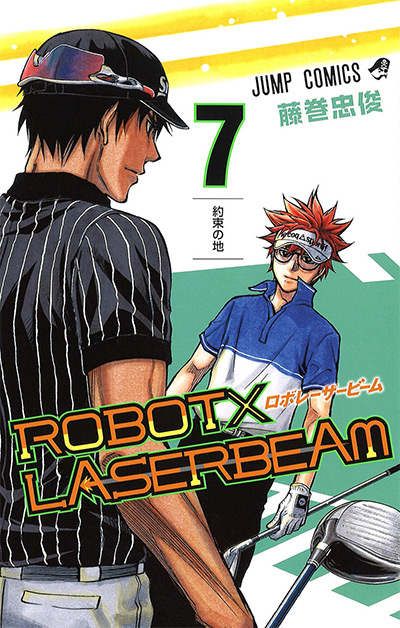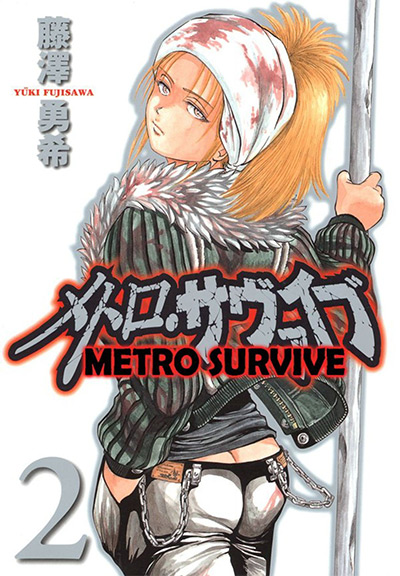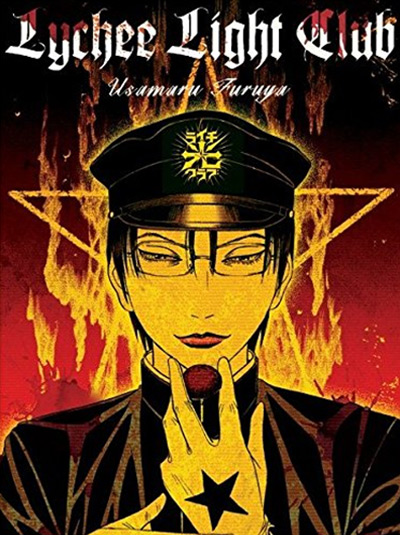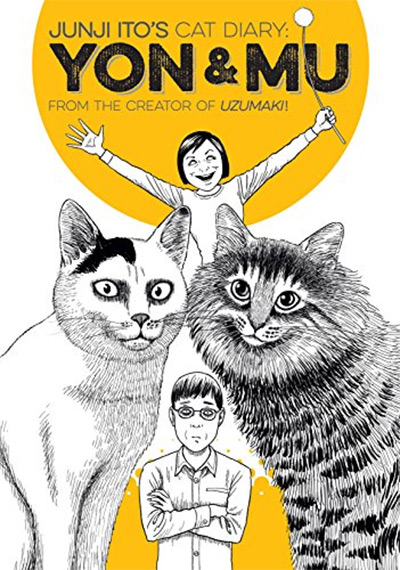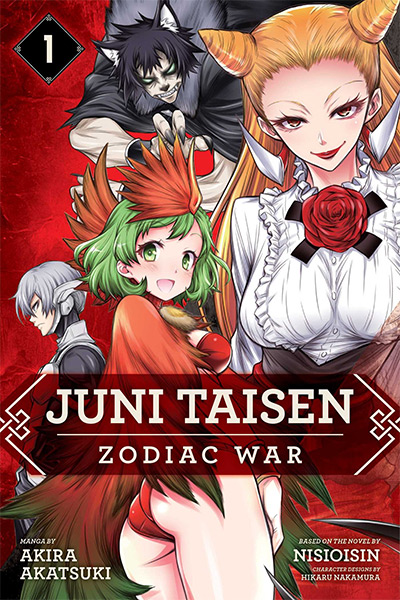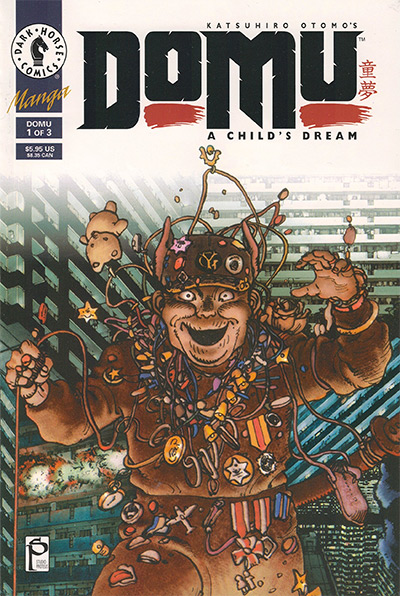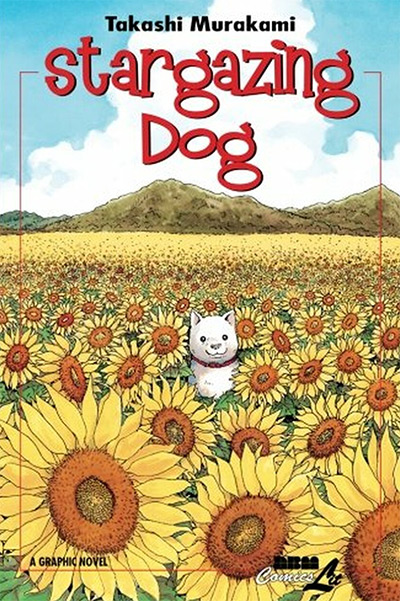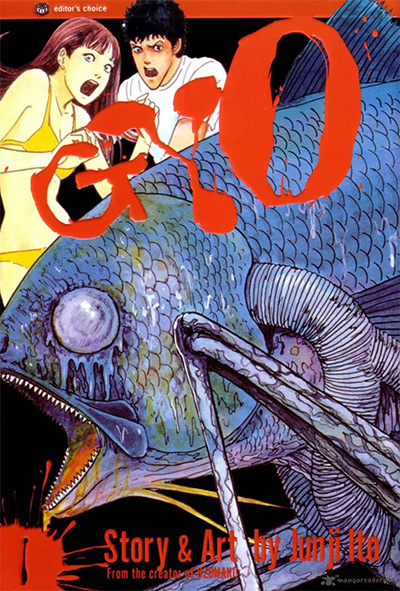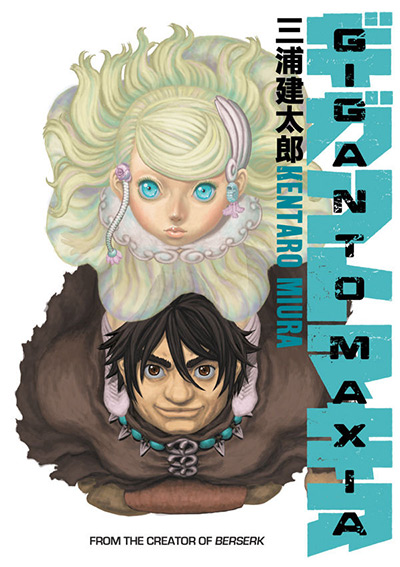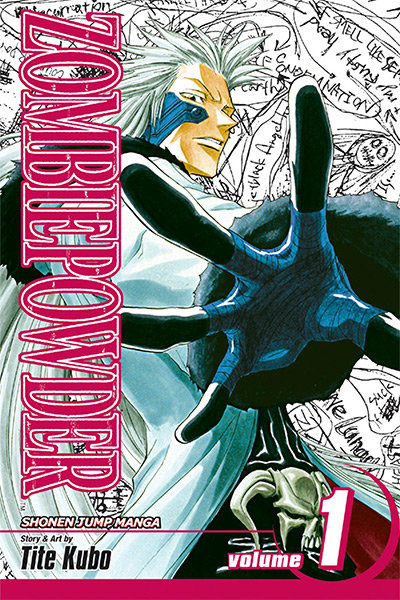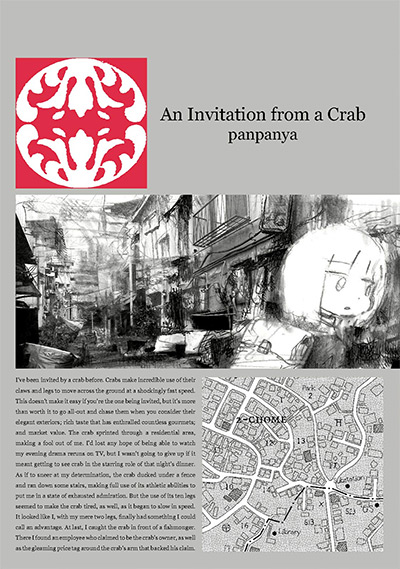And on the other hand, there’s a whole crop of authors who thrive in the short-form format, creating intricate and dense works of art in the span of just a few volumes. This collection featuring some of the best short manga series will help you figure out what’ll respect your time for reading, yet still leave you feeling satisfied.
15. Tekkon Kinkreet
By Taiyō Matsumoto City life is magical for Black and White, the near-feral protectors of Treasure Town. And in Tekkon Kinkreet, you get to ride shotgun with the pair as they defend their hometown from scheming yakuza, dopey police, and a host of all-around knuckleheads from the block. This series is short enough to be collected into a single omnibus. But don’t expect to read it in a single sitting. The zippy action sequences fly by, but the intricate artwork and obtuse dialogue demand a closer reading. Even if you don’t totally follow its complex narrative, you’ll come away from it with your jaw dropped.
14. Rabbit Game
By Miyoshi This underground series is half the length and three times as crazy as a regular volume of manga. Rabbit Game focuses on a video game that maybe (?) turns its players into rabbits, and the three high schoolers sucked into its bizarre orbit. Visually, it’s a unique blend of abstract illustrations, straightforward character designs, and nightmarish scenescapes. Plot-wise, it’s like a half-remembered dream where the details are hazy at best. It certainly does not make total sense from start-to-finish – but its overall feel is just too eerie to pass up.
13. Robot x Laserbeam
By Tadatoshi Fujimaki Oddly titled yet nicely executed, this exciting golf manga had its seven-volume run cut short when its publisher gave it the ax. Written and illustrated by the same author behind Kuroko’s Basketball, this was a charming take on the world of competitive high school golf through the eyes of a late-blooming prodigy, Robo. And don’t worry if you’re not into golf – because neither is the protagonist, at least at first. By following Robo’s zero-to-hero journey, you might gain a new appreciation of golf and the work its competitors put in to play the game beautifully.
12. Metro Survive
By Yuki Fujisawa When a shoddily constructed skyscraper comes down, all the survivors can do is try to make it home in one piece. But many of the characters in Metro Survive are not so lucky. Those who lived through the disaster are left with dim hopes of escape, and even worse, they’re left with each other. It’s a tight two-volume story that has as much to say about tribalism as it does about the excesses of capitalism. From cost-cutting measures to save on construction costs, to turbo-charged arguments over rationed food, Metro Survive makes it clear that while an earthquake may have set a disaster into motion – greed is the real villain.
11. Lychee Light Club
By Usamaru Furuya As far as freak-ass manga goes, this one’s up there. It’s not just boys-will-be-boys when a group of nihilistic high schoolers form a secret society and build a robot for the sole purpose of kidnapping beautiful girls. It’s a disturbing read. But it goes beyond shock value with its well-defined club members and their in-fighting and power plays. Some are definitely just crazy, while some are along for the ride. But they’re all caught up in the ugly business of reshaping society around absolute beauty. And at just one volume, don’t worry about spending too much time with these insanely unlikeable teens. The ending is also satisfying, to say the least!
10. Fire Punch
By Tatsuki Fujimoto Before everyone fell in love with Chainsaw Man, Tatsuki Fujimoto debuted with this super-messed-up eight-volume series. It’s a post-apocalyptic manga where a handful of people have special powers, known as the Blessed. The first chapter alone is a shock as Fuijimoto violates taboo after taboo. But after its anything-goes hook, the series tackles a series of heavy topics with a surprisingly nuanced approach. The characters start to feel more real when making tough choices in a rapidly devolving world of violence, misery, and hope. And through it all, it also manages to be funny, cruel, sick, and ultimately unmissable.
9. Junji Ito’s Cat Diary
By Junji Ito Junji Ito is famous for his nightmare-inducing horror manga, like Uzumaki and Tomie. But his illustrated Cat Diary is surprisingly appropriate for all ages. It’s an interesting and brief look at his personal life as he draws manga and putzes around with his cats at home. It looks like a Junji Ito manga, but it never feels like one. There’s not that otherworldly dread haunting its characters, except for his own mostly normal kitty cats. Cats are certainly weird. But thankfully this one-volume manga plays it straight and won’t keep you up all night.
8. World Map Room
By Yuichi Yokoyama While this is not for everyone, it doesn’t take long to get through Yuichi Yokoyama’s obtuse and confounding story. And it’s a real joy trying to make sense of the characters who look odd, speak weirdly, and live in a city that just feels off. As a trio of weirdos trek across their city, they comment on the people they meet and the places they see. And then it ends at a seemingly random moment. Taken in as a brief snapshot of another world and read apart from any expectations about story and plot, boy, what a trip reading World Map Room is.
7. Juni Taisen: Zodiac War Written by Nisio Isin Illustrated
By Hikaru Nakamura This wild ride is mostly just a battle royale that’s literally all killer, no filler. Each Zodiac sign gets its own champion. And the last person standing gets their wish granted. But it’s not just guns ablazing. There’s a distinct supernatural element to each character that’s never explained, but still works. It doesn’t really matter why someone can bring their friends back to life as zombies. It’s just crazy that it’s happening at all. Enjoyably brief at four volumes, it wraps up satisfactorily having done its job perfectly well.
6. Domu
By Katsuhiro Otomo Any fan of Akira with a couple hours to kill will get a kick out of Domu. This was Katsuhiro Otomo’s breakthrough manga that beautifully set the stage for the much grander and world-spanning Akira. Domu primarily takes place in an apartment building complex where some sort of evil presence is causing all sorts of trouble. Things go missing and people turn up dead. With incredible art and a memorable cast of nuts and weirdos, Domu is a hidden gem begging to be found.
5. Stargazing Dog
By Takashi Murakami There’s nothing quite like a tearjerker about a wayward soul and their canine companion. Stargazing Dog tells that story from the poochie’s point of view, where you get to experience his unconditional love firsthand. As he tags along with his owner, we get simple heartbreaking commentary as they spiral into a dead-end life of homelessness. And as much as it’s about dogs, it’s also a great example of the enduring spirit of a man down on his luck. And it pulls it off in just a single volume.
4. Gyo
By Junji Ito If Junji Ito’s Cat Diary caught your fancy, but you want some of the good scary stuff, look no further than his two-volume freakshow Gyo. It’s a classic Ito story where a perfectly normal person gets swept up into a world of unimaginable horror. And our hero’s not just being spooked, he’s navigating an invasion of monstrous fish with spider-y legs and sharp teeth that are wreaking havoc on land. It’s more of a disaster than a hero’s journey. And it is absolutely insane to read.
3. Giganto Maxia
By Kentaro Miura Before Kentaro Miura’s sudden death, fans of Berserk were accustomed to long periods of inactivity. Months would fly by without a new chapter, but Miura wasn’t always sitting idle. Between 2013 and 2014 he completed the seven-chapter fantasy/sci-fi series Giganto Maxia, and it is an absolute treat. While the intriguing story doesn’t wrap up neatly, its characters shine in Miura’s singularly terrifying art style. The people are jacked, the monsters are grotesque, but everyone is written so well that they feel real. Though it may have contributed to Berserk’s slow release schedule, this one-off is a fresh approach to sci-fi that Miura was unlikely to address in his main gig.
2. Zombiepowder
By Tite Kubo Before Bleach became one of manga’s “Big Three”, there was Zombiepowder. This is Tite Kubo’s stylish yet short acid western. Though it was cut short at four volumes, the series’ unexpected mash-up of supernatural martial arts in a futuristic Wild West setting just worked. Every detail felt fresh. And there were major hints of a larger story playing out, both in the protagonist’s troubled past and in arcs to come. As long as you go in knowing that it ends out of nowhere, it’s well worth reading.
1. An Invitation from a Crab
By panpanya The world around us is a marvelous place. And no manga better captures our wondrous world more than Invitation from a Crab, a single-volume collection of short stories. Its author panpanya has a knack for taking stray observations and spinning them into deeply funny and satisfying stories. And even better, the protagonist is drawn to look like a rushed sketch wandering through an intricately designed world. While potentially off-putting at first, this focus on the world around them amplifies panpanya’s observant eye – and makes the ridiculous stories all-too real.
